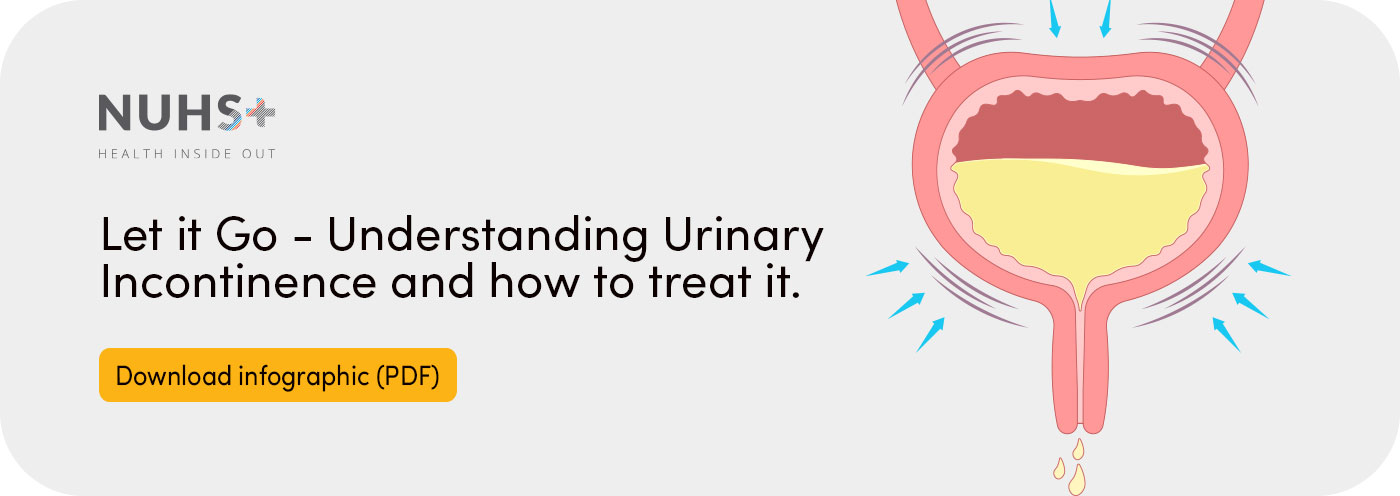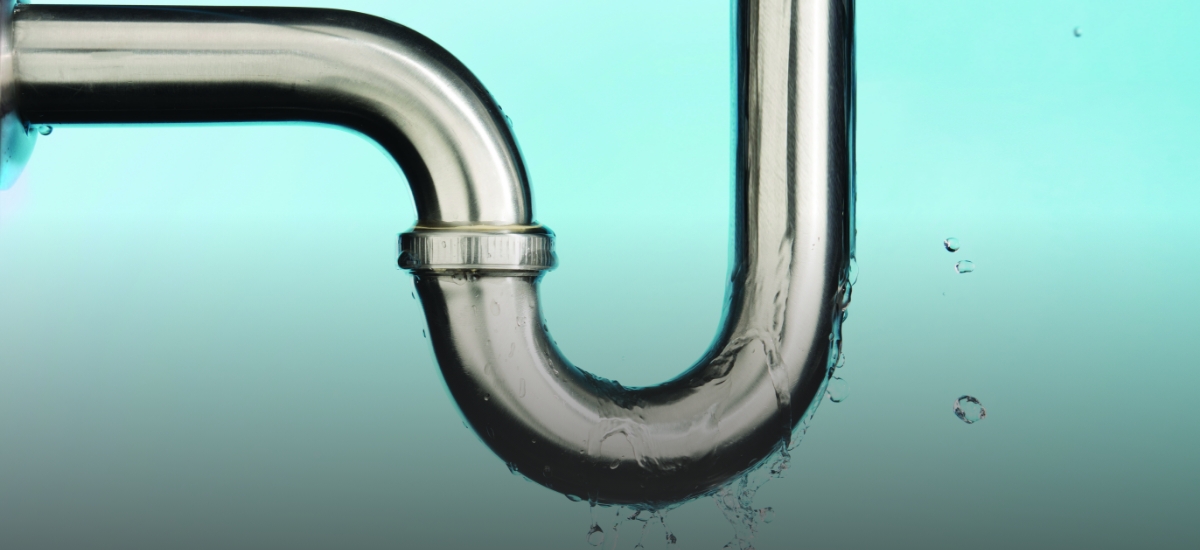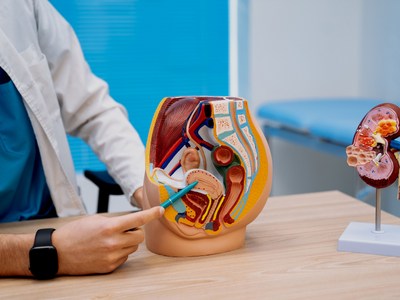Published on 24 September 2024
Struggling with urinary incontinence? You are not alone. Learn about the causes, symptoms, and available treatments to help you manage this common condition with confidence.
Do you ever experience unexpected bladder leaks when you sneeze or laugh? Or find yourself rushing to the bathroom but not making it in time? These symptoms could be signs of urinary incontinence (UI), a common condition that affects many people.
In Asia, approximately 14.5 per cent of people are affected by urinary incontinence. This condition can significantly impact individuals in social situations, at work, and even during physical or sexual activities. Sadly, many individuals believe they must endure this condition silently, either assuming it is a natural part of ageing, or feeling too embarrassed to seek treatment.
While it can be frustrating to have UI, there are ways to manage the condition and improve your quality of life.
Understanding the causes of bladder control issues
There are two primary causes of UI: urgency-related and stress-related. In some cases, individuals may even experience a combination of both.
But, what are the differences between the two causes of UI?
Dr Melissa Tay, Consultant, Department of Urology at National University Hospital (NUH), explained, “Urge-related UI occurs when urine leaks after experiencing a sudden urge to urinate. This urgency can stem from factors such as an overactive bladder, changes in bladder sensation, or lifestyle habits like excessive caffeine or fluid intake.
“Stress-related UI, on the other hand, occurs when there is an increase in abdominal pressure due to actions such as coughing, sneezing, physical activity, or straining. It is particularly common in individuals with weakened pelvic floor muscles, and often impacts women who have given birth and experienced temporary weakening of these muscles.”
Older adults are also at higher risk of UI due to weakening muscles and changes in the urinary tract.
However, dismissing UI as an inevitable aspect of aging would be misguided. There are preventive measures and treatments available that can help you with the condition.
Diagnosing urinary incontinence
The initial stage of diagnosing UI involves discussing symptoms and potential risk factors with the patient to gain insight into the condition's severity and progression.
This is usually followed by a physical examination, including an assessment of lifestyle habits that may contribute to urinary issues.
Further evaluation may include bladder function tests and, if necessary, imaging scans like ultrasound to rule out any underlying medical conditions contributing to UI.
Treating urinary incontinence
For those dealing with UI, fret not – there are steps you can take to plug the leak!
The key lies in understanding the type and severity of UI to determine the most suitable approach.
Dr Tay advises starting with conservative management, which involves lifestyle adjustments that individuals can implement independently. These may include modifying hydration habits and fluid intake choices. Pelvic floor exercises, known as kegels, and bladder retraining techniques can also make a significant difference in regaining bladder control.
For urge incontinence, medication options are available to relax bladder muscles and alleviate urgency.
If lifestyle changes and medications prove insufficient, further evaluation through specialised testing such as urodynamic studies may be recommended to assess bladder function. Based on the results, your doctor may suggest more advanced treatment options, including surgery, if necessary.
At the end of the day, urinary incontinence is treatable, and you do not have to suffer in silence or embarrassment. The key lies in understanding the condition and seeking help for effective management.
In consultation with Dr Melissa Tay, Consultant, Department of Urology, NUH.





